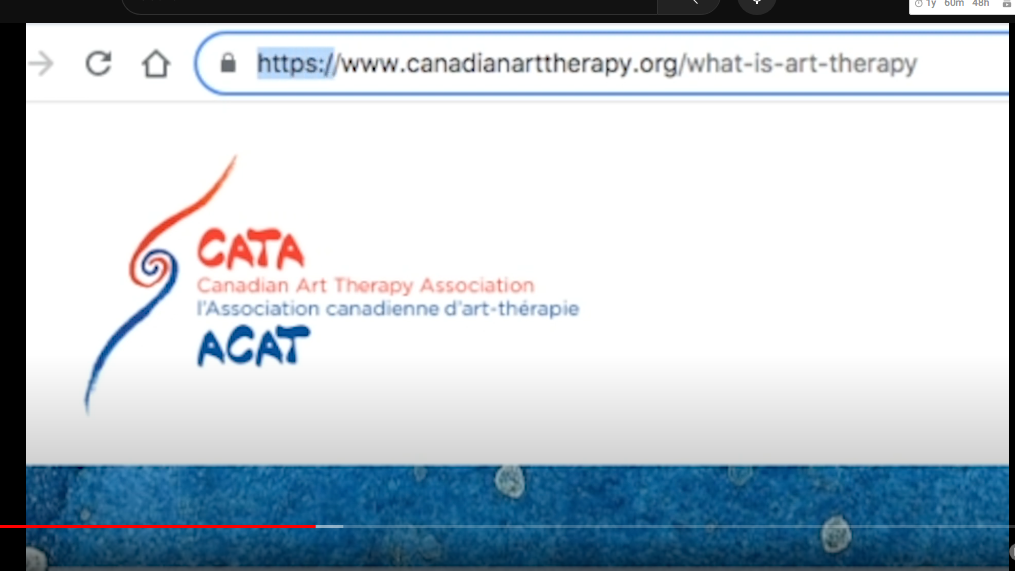In the vibrant world of art therapy, your passion fuels creativity, but how secure is your digital canvas?
Picture this: a brushstroke of innovation blemished by the fear of compromising user experience for data security.
Ready to transcend the limitations of the trade-off dilemma? It’s time to paint a future where security and creativity dance in harmony.
I’m Christina Testana, your devoted brand designer, here to illuminate the path for art therapists looking to build their brand, find their niche, and cultivate a community that celebrates their unique journey.
Today, let’s submerge ourselves into the topic of data security, inflate the persistent myth that suggests a trade-off between safeguarding our online spaces and delivering an exceptional user experience for our beloved art therapy businesses.
🎨 Unveiling the Myth: Balancing Convenience and Security
Have you ever felt torn between the seamless user experience and the deep need for security in your online art therapy space? The myth states a trade-off, an either-or scenario. However, I believe there is a way around this. Fear not, for today, we will paint over these misconceptions and paint a new narrative—one where security and convenience seamlessly coexist.
💻 Why Does Data Security Matter for Art Therapists?
Allow me to share a personal story that highlights the importance of data security. First off in working with any individual, there needs to be a form of trust established right at the beginning. Especially when a person shares sensitive content with a brand and how the brand with safely store it and protect it. In terms, of my story there are a brand I was recommended for password management.
After working with them for a year letting them hold all my passwords resulted in a data breach, exposing my sensitive information. I immediately was concerned and it broke the trust I had towards that brand, so I decided to revert back to my old way of storing my passwords. As art therapists, handling sensitive content such as clients’ insurance details, the stakes are immensely high. You need a robust shield against potential breaches to instill trust and confidence with your potential clients and yourself.
🔒 Ensuring Client Trust: The Art of Encryption
If you’re not familiar with the term encryption. Encryption is like turning your messages into secret codes that only you and the client understand. Doing this help to protect sensitive information by changing its form to make it unreadable without the proper key or password. Imagine it as if you are a secret agent with a swipe card that unlocks the system for your data. This digital technique applies to art therapy websites that hold digital intake forms, credit card or bank transactions and subscription membership profiles. In the experiences I’ve had in working with art therapists, I’ve learned about this need for digital forms to be HIPAA or PIPEDA compliant. It’s a crucial tool in securing the exchange of vital information through intake forms, ensuring compliance without compromising privacy.

If you would like to start implementing this compliant in your forms on your art therapy website. I would look at JotForm. JotForm offers a HIPAA-compliant version of its services. This means it implemented measures in meeting the security and privacy requirements outlined by the Health Insurance Portability and Accountability Act (HIPAA). This ensures that it can be used for handling sensitive health-related information in a secure manner. Always check the latest information and terms of service to confirm compliance.
🌐 Stay Informed, Stay Secure: The Responsibility Dance
In the dynamic online realm, staying informed becomes our armor against potential threats. The digital world changes constantly and quickly. Regularly checking for updates on your website, add-ons, and third-party tools is a ritual to safeguard your digital presence. Remember, it’s a shared responsibility; your hosting platform and tools like Squarespace, WordPress, Wix, Shopify, Webflow, Hostgator, Bluehost and GoDaddy play a pivotal role—reach out to them for any technical issues or anything that needs updating. They will take care of you and your website because its a team effort, don’t ever feel its left on your shoulders.

In terms of staying secured on your website, be sure to check your website URL Address and see if it as HTTPS in the prefix. This says that your website connection is secure and has a SSL Certificate. In simple terms, an SSL certificate is like a virtual superhero cape for your art therapy website. It ensures that when you send private information, like passwords or credit card numbers, to a website, it’s like sealing it in an unbreakable envelope. This way, only the intended website can read and understand what you sent, keeping your secrets safe from online villains. You can read more about it here.
🚀 Balancing Act: Crafting a Secure Yet Welcoming Experience
Contrary to the belief that security processes are bulky, let’s discover the joy in taking those extra steps to protect yourself and your clients. The best way to approach this is testing with your clients. Ask them to test your forms or ask them what they prefer in online intake forms or transactions. Design it to their preferences is a step in creating a much more welcoming experience. Whether using forms or managing online stores, find the delicate balance between simplicity and security. Keep it to a three step process, no more than two clicks. Anything deeper than that I would talk to the client over the phone. Keep it straightforward, keep it secure, and ensure your art therapy website remains an inviting sanctuary.
🔑 Takeaways for a Secure Online Journey
- Strong Passwords: Fortify your digital fortress with robust passwords, securely stored offline.
- Two-Factor Authorization: Enhance protection with an additional layer of security.
- Understand Encryption: Embrace the art of encryption to safeguard hidden information.
- Stay Informed: Regularly check for updates and stay abreast of digital news.
- Shared Responsibility: Acknowledge that security is a collective effort; seek support when needed.
Closing Thoughts:
As we navigate the digital landscape, remember that data security should never be a headache; it’s your greatest ally in the realm of online art therapy. It’s about protecting yourself while confidently showing up online, building trust, and creating art therapy experiences that resonate deeply.
Thank you for listening until our creative paths cross again, stay secure, stay inspired! 👩🎨🔐
